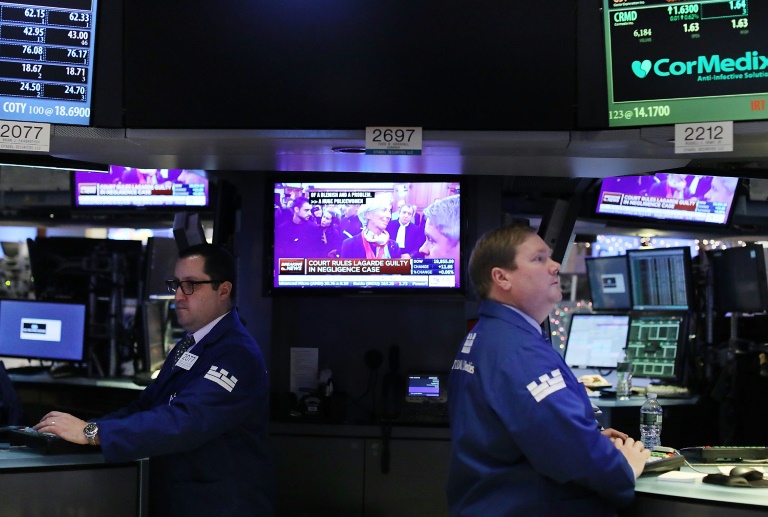We in Poland are also beginning to be impacted by all this, and the examples are multiplying. For example, the GE Power subsidiary has decided to close its foundry in Elbląg, Poland and will cease operations by 2025.
All this calls into question the viability of the welfare state model. Europeans remember well the heavy sacrifices caused by Covid-19, the associated uncertainty, rising prices, the specter of bankruptcy and unemployment. As it stands, the total expenditure on social policy in the EU is between €3 and 4 trillion.
The truth is, no one in Europe’s prepared for significant cuts to social policy, but if policymakers persist with their unrealistic triad, the cuts will have to come. And this will mean the rupture of the social contract, the disruption of the social market economy and, very importantly, the corrosion of the essential nature of European identity. Indeed, the welfare state’s one of Europe’s greatest achievements.
Then, finally, there’s security policy. We have to boost our defense capabilities — or, to put it more broadly, the resilience capabilities of EU member countries — to protect what we’ve achieved over decades. For Poland, the Czech Republic, Slovakia, the Baltic states and Romania, the stakes are even higher and are existential in nature.
The task we face is made more difficult by the fact that we’re living in a time of rising multipolarity. The rivalry between the U.S. and China means Washington will devote more attention and resources to the Indo-Pacific and to counter Chinese influence. Multipolarity has also set up a complex constellation of interdependencies and rivalries — with Russia as the aggressor, India aspiring to become a global power, and Muslim states and countries of the global south eager to wield more influence and power.
Against this backdrop, Europe’s currently spending around $400 billion on defense — and it’s still $400 to 500 billion short. If Europe’s to be secure against threats from Russia and its friends, if it’s to be a global player, it must spend 4 to 5 percent of GDP on the military. This applies to every NATO member country.







